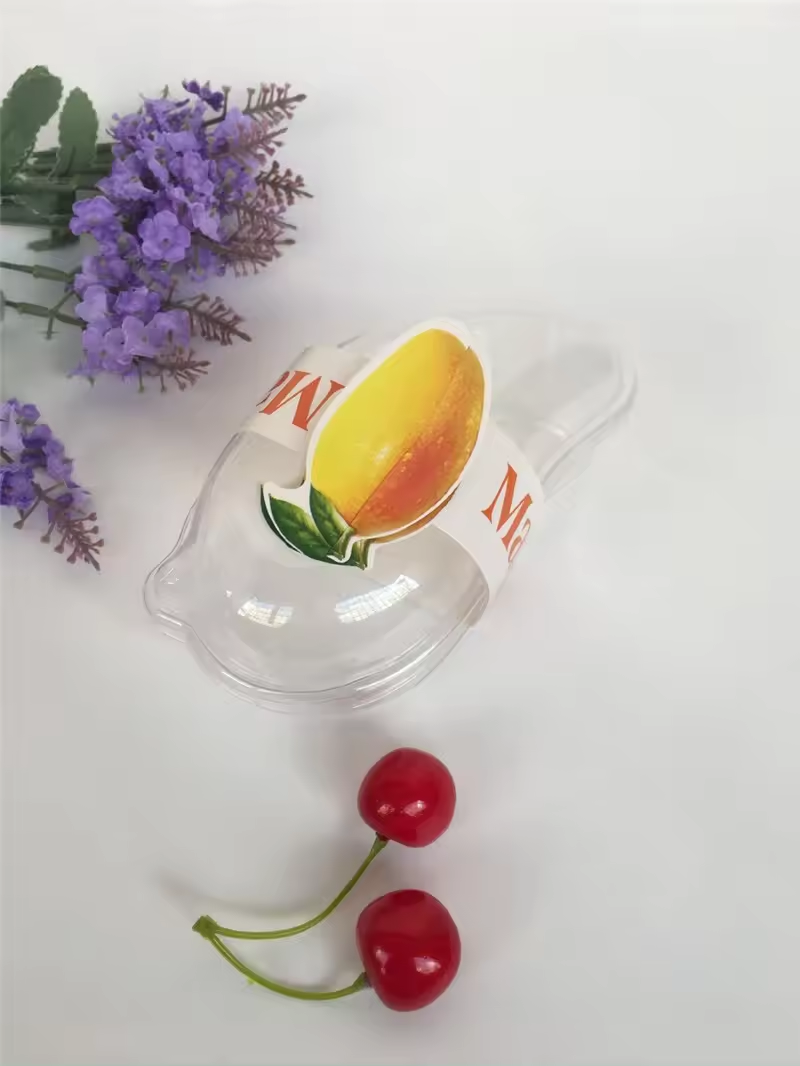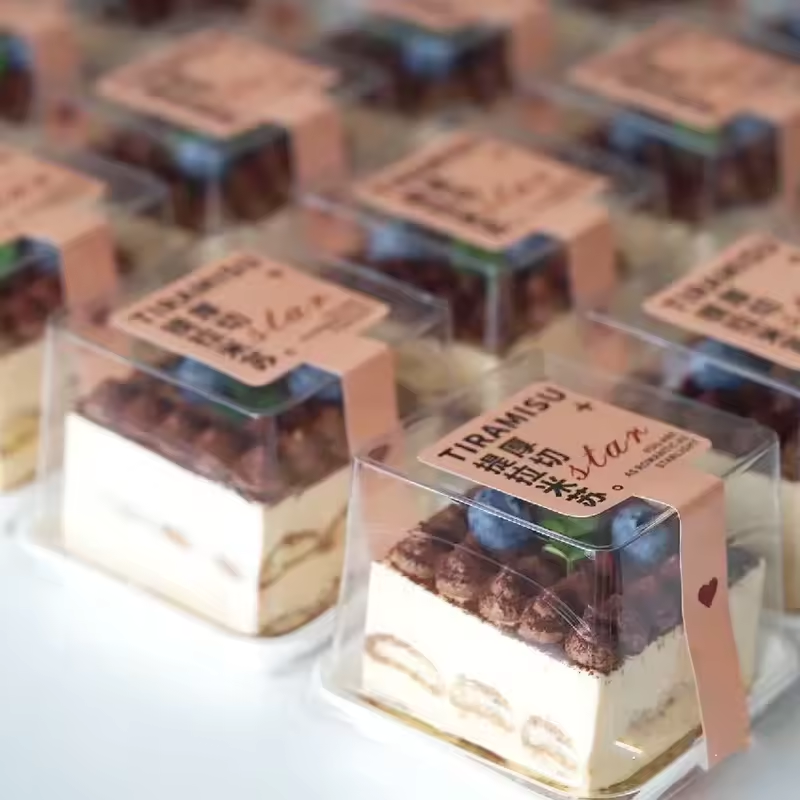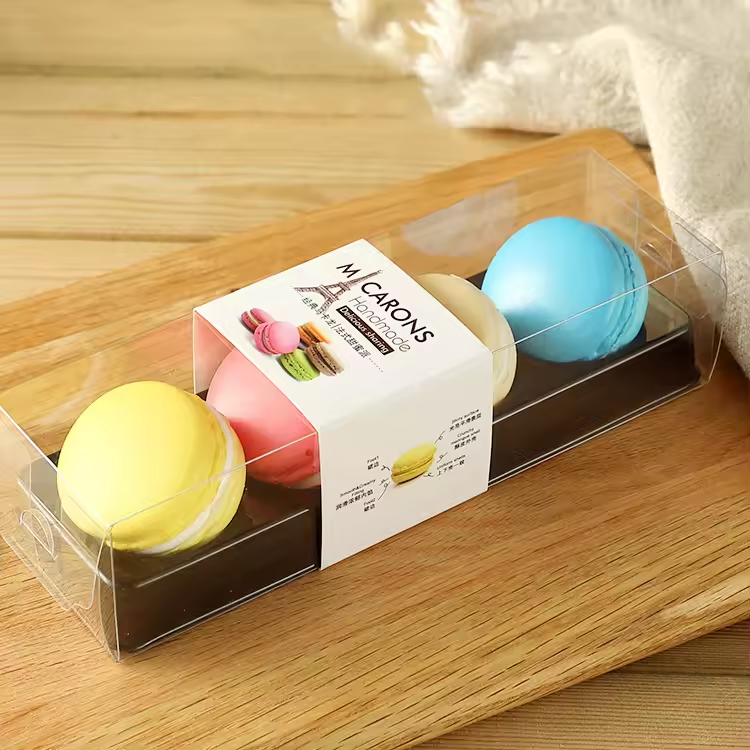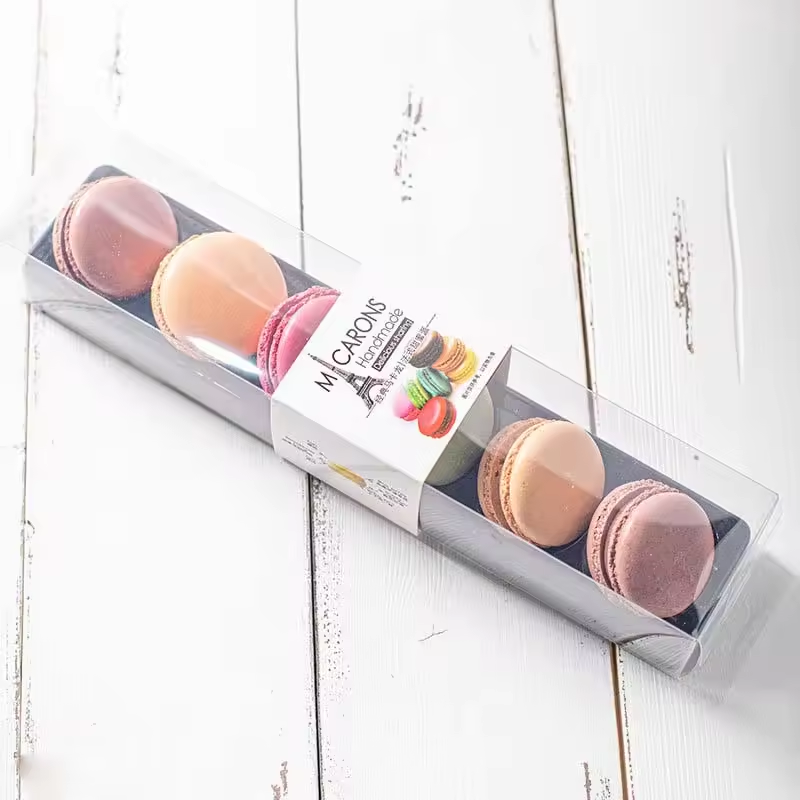What Is Blister Packaging?
Ever wondered why blister packaging is the go-to choice for so many products, from medications to electronics? This versatile packaging method isn’t just about aesthetics; it plays a crucial role in protection and consumer safety.
Blister packaging is a popular option you’ve likely encountered numerous times daily. Blister packaging involves sealing a product in a pre-formed plastic pocket, or “blister,” typically backed by a sturdy material like cardboard, paperboard, or aluminum foil.
This type of packaging is most commonly seen in the pharmaceutical industry, where pills, tablets, and capsules are packaged securely to ensure they are protected from contamination, moisture, and other external factors. - protects the items’ integrity and makes the package tamper-evident, making any unauthorized access easily noticeable.
What Type of Plastic Is Blister Packaging Normally Made of?
When it comes to blister packs and packaging, the choice of plastic material is crucial for the physical protection of the product inside and its environmental impact. Let’s explore the most common plastics used in product blister packs and packaging and their environmental friendliness.
1. PVC (Polyvinyl Chloride)
2. PET (Polyethylene Terephthalate)
3. RPET (Recycled Polyethylene Terephthalate)
4. PLA (Polylactic Acid)
Advantages and Disadvantages of Blister Packaging
Blister packaging is popular in many industries. However, like any packaging option, it has its strengths and weaknesses. Below, we’ll examine the advantages and disadvantages of blister packaging.
- Blister packs provide a high level of protection against environmental factors such as moisture, dust, and UV light, which can degrade products.
- The blister packaging design shows if the product has been tampered with, enhancing consumer trust and safety.
Disadvantages of Blister Packaging
- Not suitable for all product types, particularly those too large or oddly shaped for the standard blister pack formats.
- Depending on the materials used (often PVC), blister packaging can be less environmentally friendly due to challenges with recycling and the production process that may emit harmful chemicals.
Post time: Jun-13-2024









